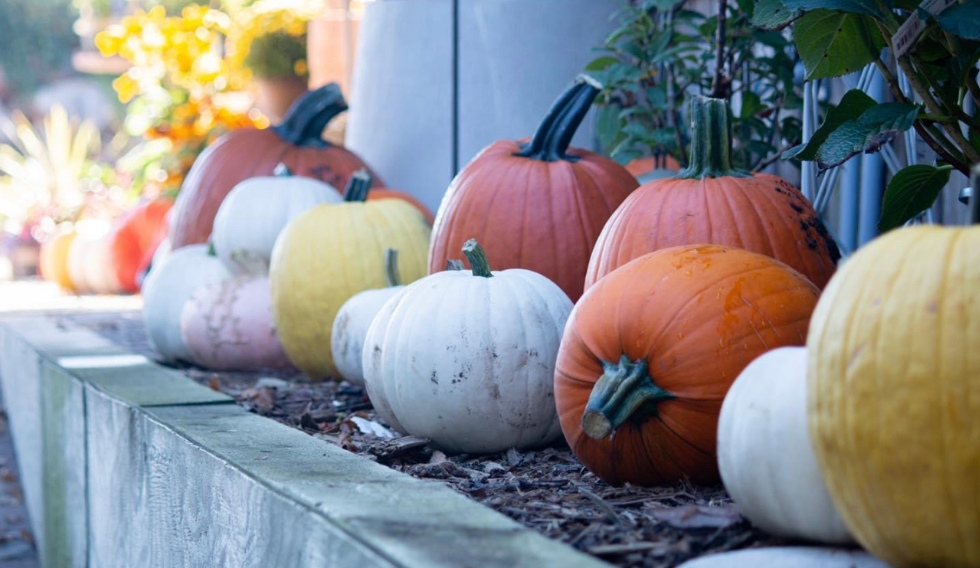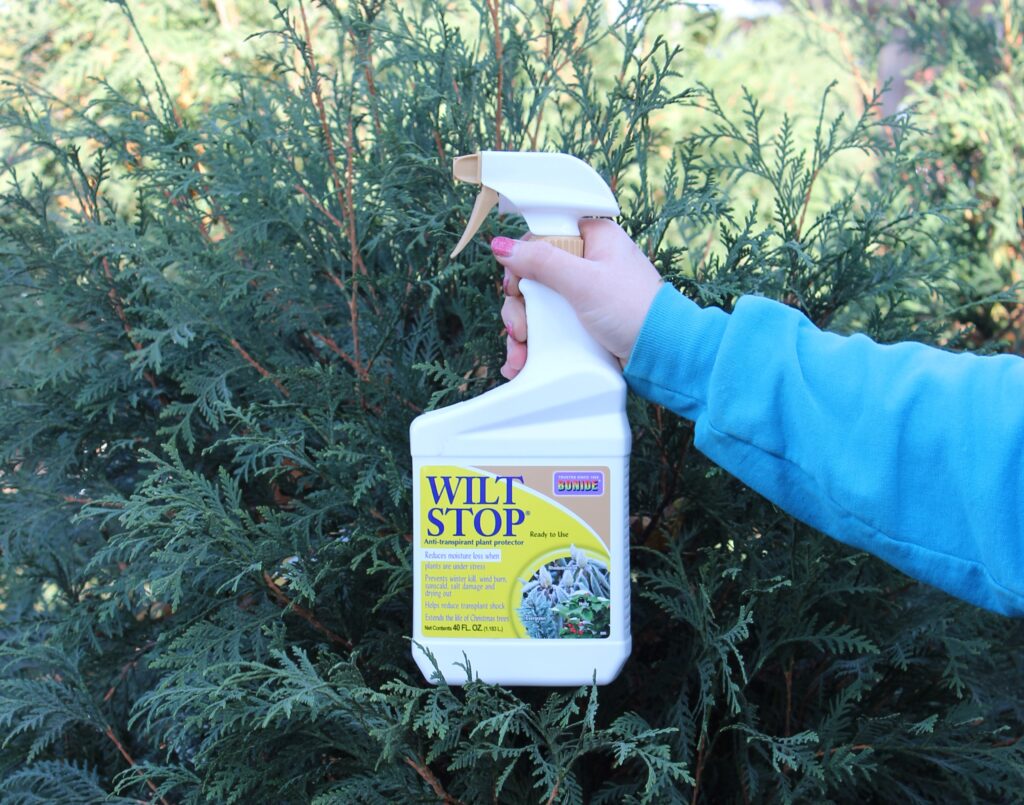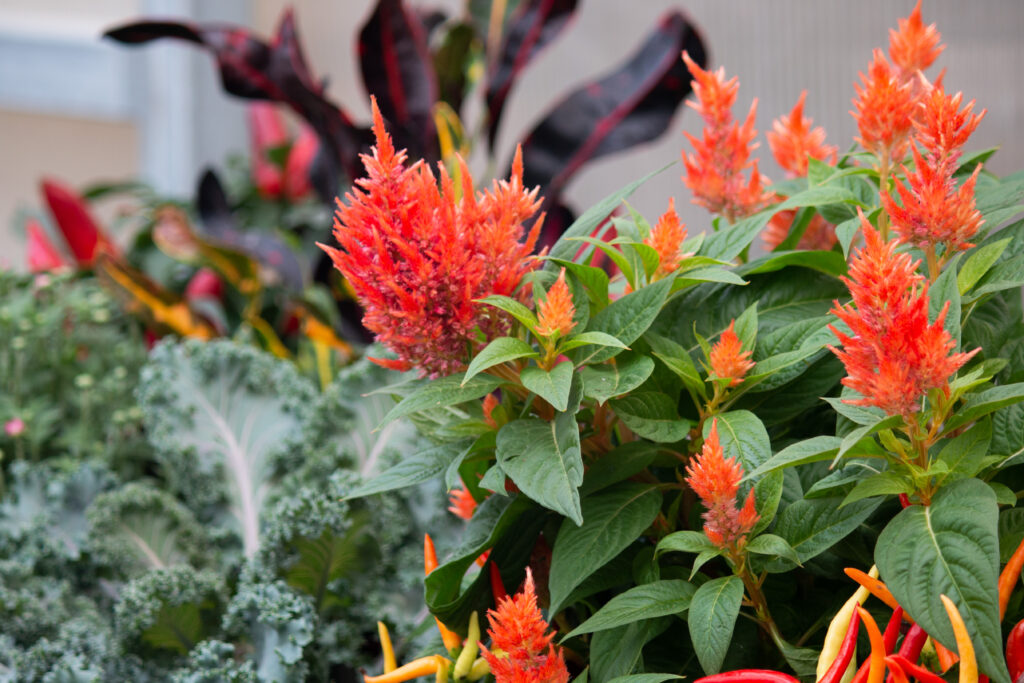As fall begins to set in, it’s time to prepare for cooler temperatures. Below we have compiled a fall garden checklist to make sure you’re ready for fall and to set yourself up for success in the spring.

Trees, Shrub, and Perennial Maintenance
- Divide and replant existing perennials.
- Plant new trees, shrubs, and perennials (see our fall planting guide for tips and tricks to planting in the fall).
- Continue watering perennials, trees, and shrubs until the ground freezes.
- Prune dead, diseases, or damaged stems off of shrubs. Do not prune spring-blooming shrubs like lilacs and forsythia. These shrubs should be pruned immediately after blooming in the spring. Check out our shrub pruning guide for more information about how to prune your shrubs.
- Wrap young trees to prevent deer and rabbit damage during the winter.
- Remove the tops of raspberry canes that have fruited; the lower portions of the raspberry will bear fruit the next summer.
- After a few hard freezes, cut perennials down to 2” above the ground. Some perennials, such as grasses, can be left up to provide winter interest in your landscaping. Perennials can also be left up through the winter to provide a safe place for pollinators to nest through the winter.
- Mulch tender perennials to help insulate them for winter.
- Spray Wilt Pruf, or another antidesiccant, on evergreens to prevent winterburn.

Around the House
- Plant or move spring-blooming bulbs like tulips, daffodils, and hyacinths.
- Refresh tired planters by removing summer annuals and replacing them with colorful mums, asters, ornamental kale, and pumpkins to add interest through the fall.
- Before a hard freeze, remove annuals from your planters and discard them. Store planters indoors or in a protected area to limit freezing and cracking. If you plan on putting fresh greens in your planters for winter, leave the soil in the planters.
- Keep an eye on overnight temperatures. Once the weather starts approaching 40℉ or lower, pull inside any tropicals or houseplants to avoid them getting damaged by the cold.
- Store pesticides and herbicides in airtight containers and keep them in an area that will not freeze.

Lawn Preparation
- Keep newly seeded lawns watered.
- Continue to mow your lawn to prevent snow mold next spring.
- Rake up any leaves or plant debris to prevent problems with mold and fungus.
- Apply a winterizer to stimulate root growth and promote a healthy lawn. Always double-check the application rates of any fertilizer you apply as too much fertilizer can burn grass roots and harm your lawn health.
- Spray broadleaf weeds in lawns until a hard frost.
- Aerate your lawn to reduce soil compaction and improve water and nutrient absorption.
- Overseed your lawn to fill in thin or bare spots.

